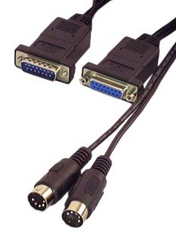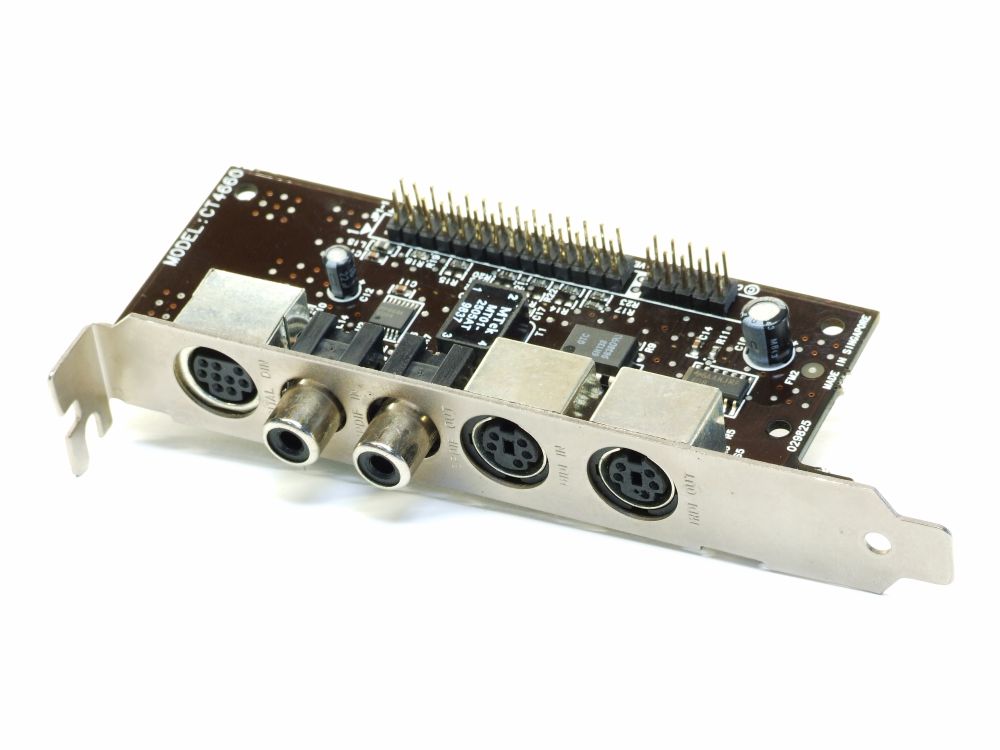First post, by Eivind
- Rank
- Member
I find myself with a bunch of CS4237B and YMF262 chips, and the knowledge of wiring up and configuring these and the RP2040 from previous projects - and I thought, maybe I should put together a nice little all-in-one 8-bit ISA sound card?
I know this has been done in various other projects, but it'll be open sourced and free to put together for anyone interested, so I thought it might be useful for someone else than me.
Planned features:
- CS4237B - SoundBlaster Pro 2 / WSS compatible
- OPL3 (real YMF262)
- PicoGUS
- HardMPU - might be be necessary, not sure about the state of intelligent mode MPU-401 of the PicoGUS. But having the ATmega1284P on board would allow me flexible power-on configuration of the CS4237B, bypassing pesky EEPROM programming and DOS init utilities
- Wavetable header
- mt32-pi header (plug in a Raspberry Pi Zero 2 with the mt32-pi firmware for emulated MT-32 and General MIDI)
- 3.5mm audio jacks (line out, line in, mic in)
- Optical digital output ("toslink")
- 15-pin gameport for joystick and/or MIDI in/out
- Internal analog CD audio input header
Let me know if I've missed anything! 😀

